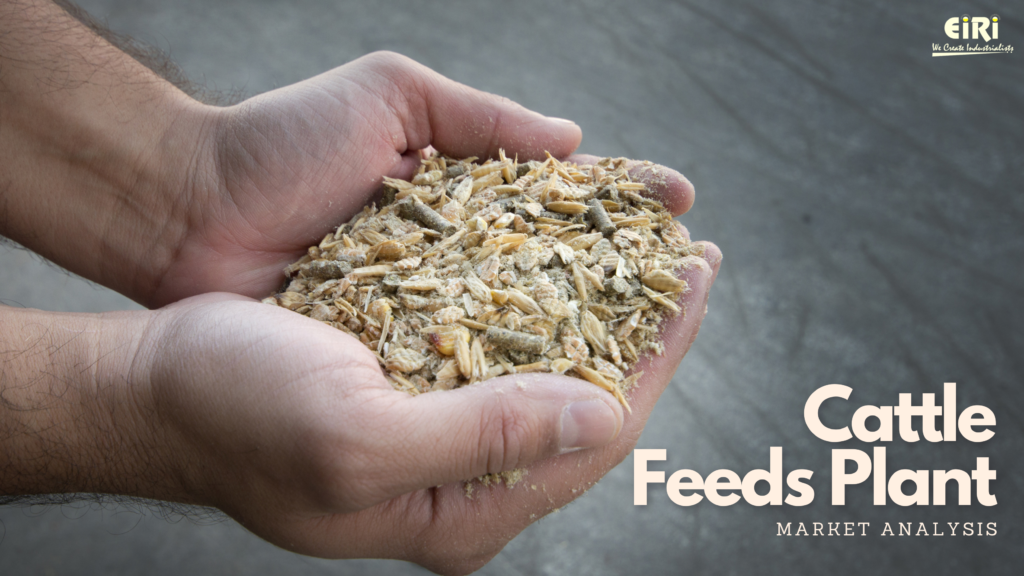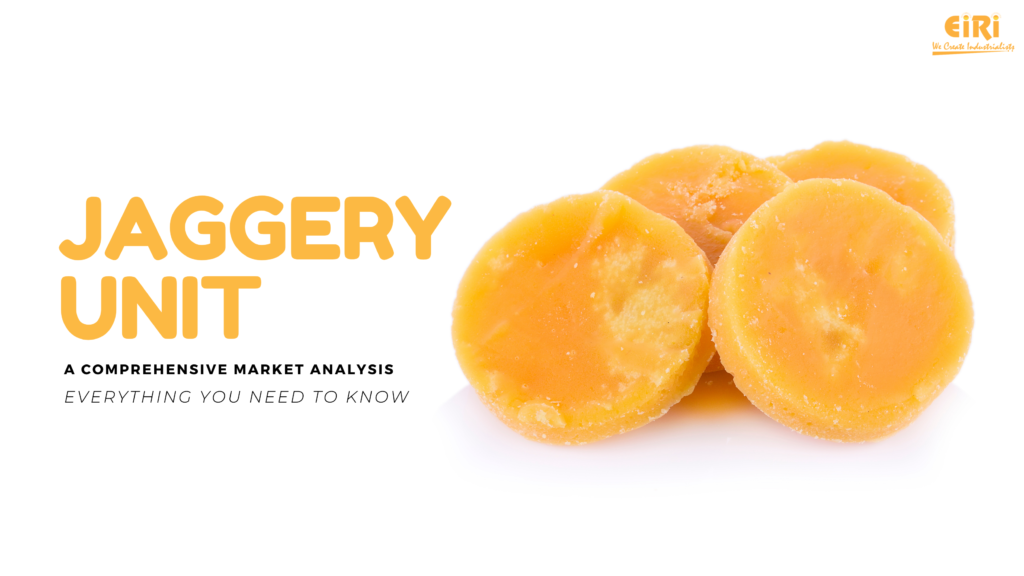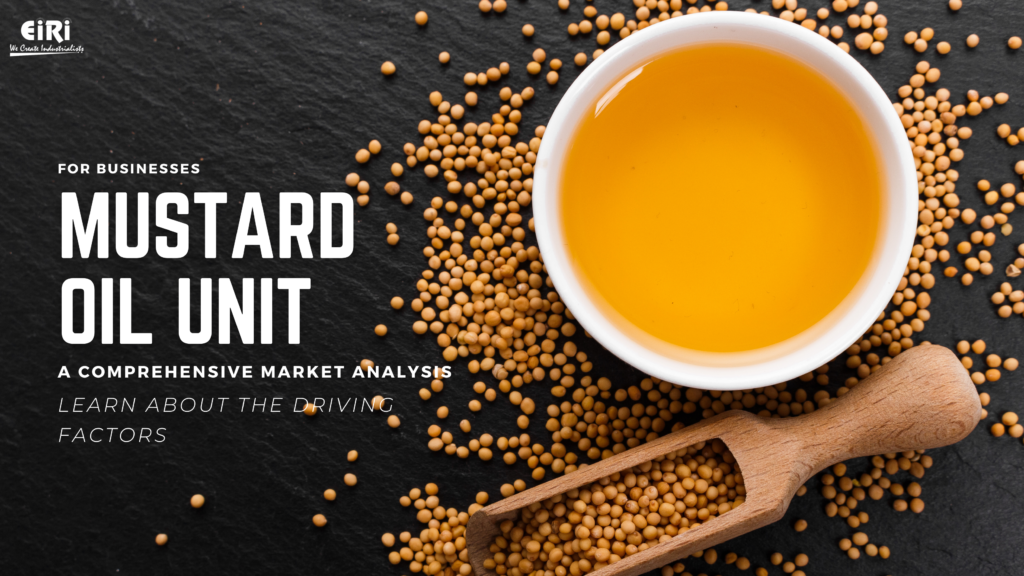Poly-Lactic Acid – Market Status, Trends and the Impact of COVID-19
Currently, the world is trying to recover from the massive waste of single-use plastics. Yet, their utility is not allowing the market to have much of a choice but to re-invent them in a biodegradable form. To that end, it is safe to say that the growing need for a biodegradable variety has led to the rise of the poly-lactic acid (PLA) market.
PLA is the aliphatic polymer compound of lactic acid generated from different crops used as raw materials, including sugarcane, corn, tapioca and many others. It is a biodegradable thermoplastic and has widely found use in utensil making for microwave ovens.
Polylactic acid’s (PLA) market globally soared to touch 535.6 million in 2019. The PLA market’s growth rate is expected to be 15.9% CAGR from 2020 to 2027 due to the increase in demand for bioplastics in the market currently.
Driving Forces in the Market Growth of PLA
- Growing bioplastic demand
- Rise in the packaging industries, including the increased demand laid down by the food packaging industry.
- Increase in microwave utensil productions
- End-user application of bioplastics
- More innovations around the use of this product would also be responsible for its market growth.
Reasons for the Increase in PLA Demand in the Market
Several properties and benefits of using PLA in the market which seem to be guiding the PLAs increased demand in the market include;
- The current environmental changes are fuelling the shift from single-use plastics to the poly-lactic acid market. Several countries have issued a ban on single-use plastics, including New Zealand, Zimbabwe, Taiwan, the United Kingdom and the United States.
- The upcoming laws to save the environment help the advent and the growth of PLA in recent times.
- It can be designed far more aesthetically.
- The plastic is entirely resistant to grease, oil and other kinds of fats.
- It is immensely capable of reducing the carbon footprint globally by 75%.
- Its easy degradability process is also favouring its increased use. Though natural degradations are slower for PLAs, several industrial composting processes efficiently achieve a faster degradation rate.
- PLA’s use is mostly being recommended due to its highly flexible nature & greater tensile strength.
Poly-Lactic Acid has brought in solutions the world was trying to achieve with plastics for a long time. Hence its rise in the market is an absolute necessity today. PLA promises sustainable, recyclable and green packaging solutions for the planet, thus, making for a world free of non-biodegradable plastics.
To put it into perspective, you must know that bioplastic production and use would be nearly 65% in the packaging industry alone in the forthcoming days.
Poly-Lactic Acid’s Usage in Major Industrial Sectors
Major industrial areas where PLA is being used in the process of manufacturing several other goods include;
- Packaging Industry
- Automotive
- Medical technology
- Electronic goods
- Agricultural equipment
- Textile industries
- Other end-users in the market
- Bottle manufacturing
- Films and bags
- Thermoforming
- Fibres
- Nonwovens
- 3D printing media and machines
- Injection and roto-moulding
Impact of COVID-19 on the Poly-Lactic Acid (PLA) Market
COVID-19 has hit several industries hampering production, delivery and sales of even the most commonly used products. However, this disease has increased the demand for the PLA market vastly.
Industries that have predominantly leveraged the abilities of PLA during COVID-19 include packaging, medical equipment, bottle manufacturing, films and bags and microwave utensils industry.
Even the FMCG industry has seen a steep rise in the use of PLA since 2019. The biopolymer industry, personal care and pharmaceutics are also significant players in the market, absorbing PLA extensively.
However, the packaging industry is the single most broadly dominated area consuming bioplastics massively.
What does the future offer to PLA players?
Global bioplastic production is expected to rise from 2.11 million in 2018 to 2.62 million in 2023. However, out of 335 tons of the annual plastic output, bioplastics comprise just 1% of it, which needs to improve in the forthcoming years.
As a critical player in the market, a business needs to have first-hand information about-
– Lactic acid forms used
– Applications of PLA
– Region of PLA use
– Key market players
– Market dynamics in details
– Key benefits of the PLA market
Limitations around its production are mainly governed by its use in small and medium-sized industries.
This Is What We Do To Complement Your Growth Efforts
A typical guide with an in-depth analysis can recommend how well you can benefit from being a successful player in the PLA industry. At Engineers India Research Institute, we provide every information you will need to understand the PLA market in the coming decade. We would also guide you on the significant drawbacks. Our analysis would further bring to light the market shortcomings and issues that need to be addressed to expand the Poly-Lactic Acid business globally.




